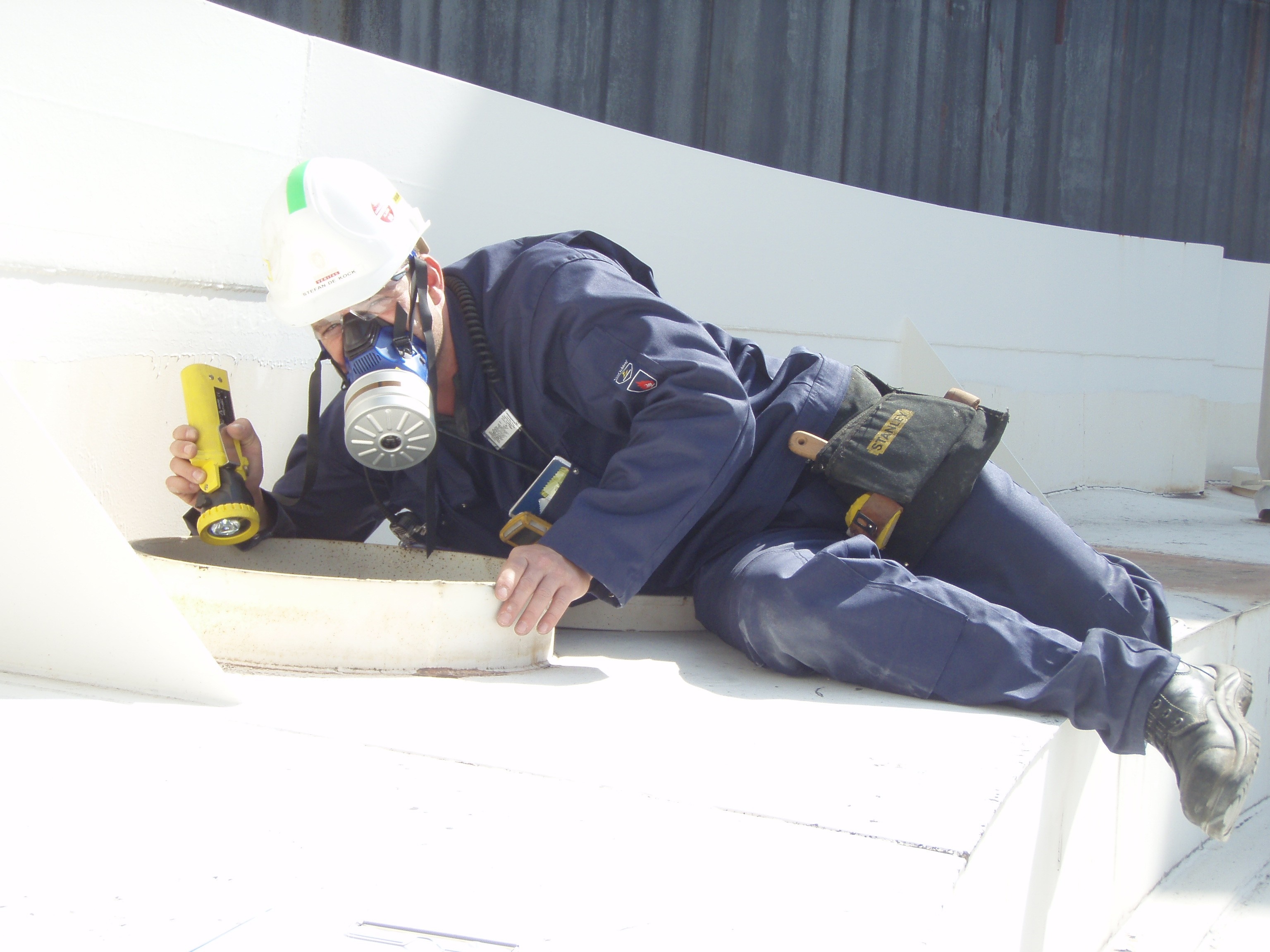With new rules recently introduced on radon exposure, global testing, inspection and certification firm Bureau Veritas is advising UK manufacturers to review monitoring of the carcinogenic radioactive gas following a new lower limit of radon permissible in the workplace.
From February 2018, as part of Ionising Radiation Regulations 2017 (IRR17) UK businesses will have to adhere to a revised radon exposure limit of 300Bq/M3 in the workplace, replacing the previous 400Bq/M3 threshold.
Under the reforms, the Health & Safety Executive (HSE) has also introduced a three-tier system, known as the ‘graded approach’, requiring organisations to either notify, register or get consent from the watchdog for certain work relating to unsafe levels of exposure.
As a result, manufacturers will need to pursue testing and remediation in the first instance and will only be required to notify HSE once remediation shows that levels cannot be reduced below the new 300Bq/m3 limit.
Ian Mitchell, a Principal Consultant at Bureaus Veritas, comments: “We hope the new rules coming into force this month will finally put radon on the radar for many organisations, which despite being the second leading cause of lung cancer in the UK, has long been overlooked.
“Manufacturers are now compelled to ensure they have a robust and effective strategy in place to protect employees. This starts with a radon risk assessment and monitoring, which is essential in order to meet the new lower radon exposure limit of 300Bq/M3 permissible in the workplace.”
Under the Health and Safety at Work Act 1974, all organisations are required to carry out a radon risk assessment. UK workplaces located on below ground floors or in an area of high radon activity, and that are occupied greater than an average of an hour per week or 52 hours per year – must carry out testing as part of the radon risk assessment.
Levels of radon gas vary across the UK depending on location and building type. The risk of radon exposure in a building increases dramatically if an employee’s workplace is in a geographic area of high radon activity such as Wales and Cornwall. Office space located in basements and lower ground floors, prevalent in urban cities such as London, is also more at risk due to poor ventilation.
According to Bureau Veritas, the new requirements will affect sectors with a large portfolio of properties including retail, banking and manufacturing. It will also impact industries with widespread use of X-ray machines such as hospitals and universities, as under the HSE’s ‘graded approach’ employers are now required to register any work with equipment that generates radiation.
Ian adds: “For many manufacturers these new regulations will be hard to decipher as so much is dependent on individual circumstances such as property type, sector and location. Luckily, Bureau Veritas, an expert in radon assessment and management, is on hand to help companies ensure they have the right preventative and protective measure in place that meet the new standards.
“The good news is that it’s simple and cost-effective to measure radon levels and relatively straightforward, depending on the potential level of risk, to manage and mitigate the risks.”
While HSE has put out a draft of its Approved Code of Practice (ACOP) regarding the new regulations, Bureau Veritas is currently awaiting the updated final version, due to be published later this year, to provide greater guidance and clarity on how to meet the new requirements.
Bureau Veritas has a dedicated Radiation Protection Advisor (RPA) and offers a full scale of consultative services in the area of radon risk management. For further information, call 0345 600 1828 or visit www.bureauveritas.co.uk/



















